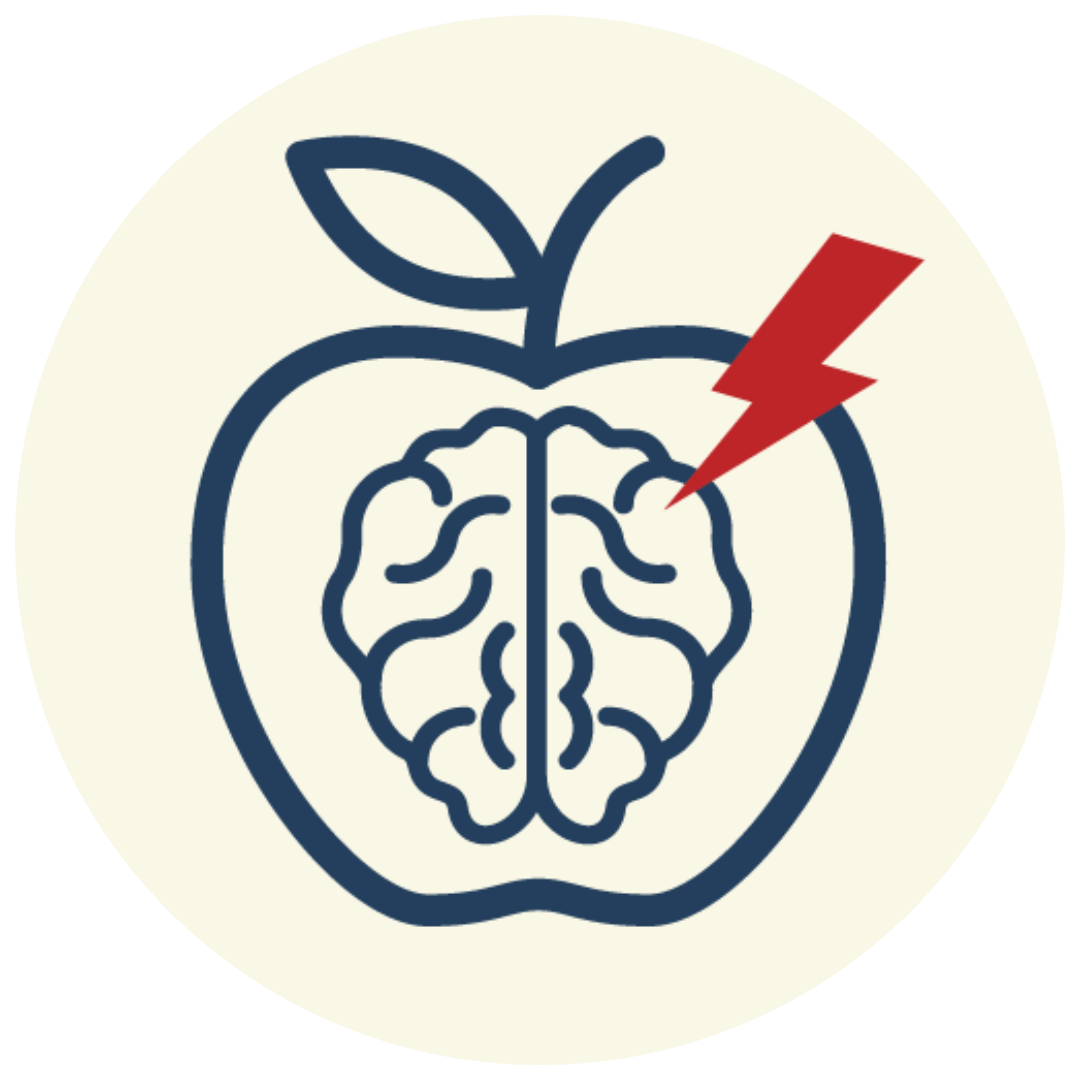Why Gender-Neutral Language Matters
Making sure that all kids get the help they need is something we can all agree on, and it can only be accomplished with inclusive language and action. To that end, Migraine at School is dedicated to accurate representation of our diverse and multifaceted community. One of the ways we’re doing it is by making all of our materials, including our series of infographics, gender neutral.
Understanding & Exploring
Last spring, after coming up for air and beginning to experience the post-2020 world, I started to hear a nagging voice at the back of my mind. “Hey, what is gender anyway?” It said to me. “Are you really sure you’re a woman? Haven’t you been thinking about this for a long time?”
So I did my research. I sought out educational articles on different gender identities, pronouns, and presentations. I reached out to friends to seek advice on their journeys. And I came out as a genderfluid, nonbinary person last summer. I use two names interchangeably and I use she/they pronouns. My life is both very much the same and fundamentally different, and many of my expectations, both good and bad, did come true. And, just like last time, it was completely worth it.
The thing is, I’d had that nagging feeling from last spring for a very long time — since before I ever came out the first time. But I never had the resources to understand and explore what the feeling meant, in part because of the almost exclusively binary perspectives I had access to. Everyone, all the time, called me a woman. So I did the same, because no other options were available to me. Gender-neutral pronouns are vital for so many reasons, and helping young folks understand who they are and validate it is a huge part of that.
Imagine walking into work and having every person mistake you for the opposite gender all day, every day. Now imagine that every form, every bathroom, every single document that mentioned gender excluded yours. If schools only had boys bathrooms, and every homework assignment only used boys as examples, and every teacher mentioned only boys, it would be a no-brainer that the girls at school would have extra challenges each day just to learn.
Gender-neutral language can also combat sexism. By leaving gender out of the equation when it does not need to be there, kids at school don’t have to feel like their interests aren’t allowed if they don’t fit into the gender they’re associated with. If no gender is mentioned, then no gender can be privileged either purposefully or accidentally with language.
Gender-Neutral Language Matters
The same goes for our resources at Migraine at School. We use gender neutral language so kids of all genders know they can get the help they need when they need it. Using gender-neutral language makes sure everyone feels safe, acknowledged, and comfortable. In a school or work setting, this means people like me don’t have to jump over an extra hurdle just to get their work done. Since the Migraine at School materials are meant for everyone, we made sure that no one should feel that the help they need has a hurdle in front of it.

